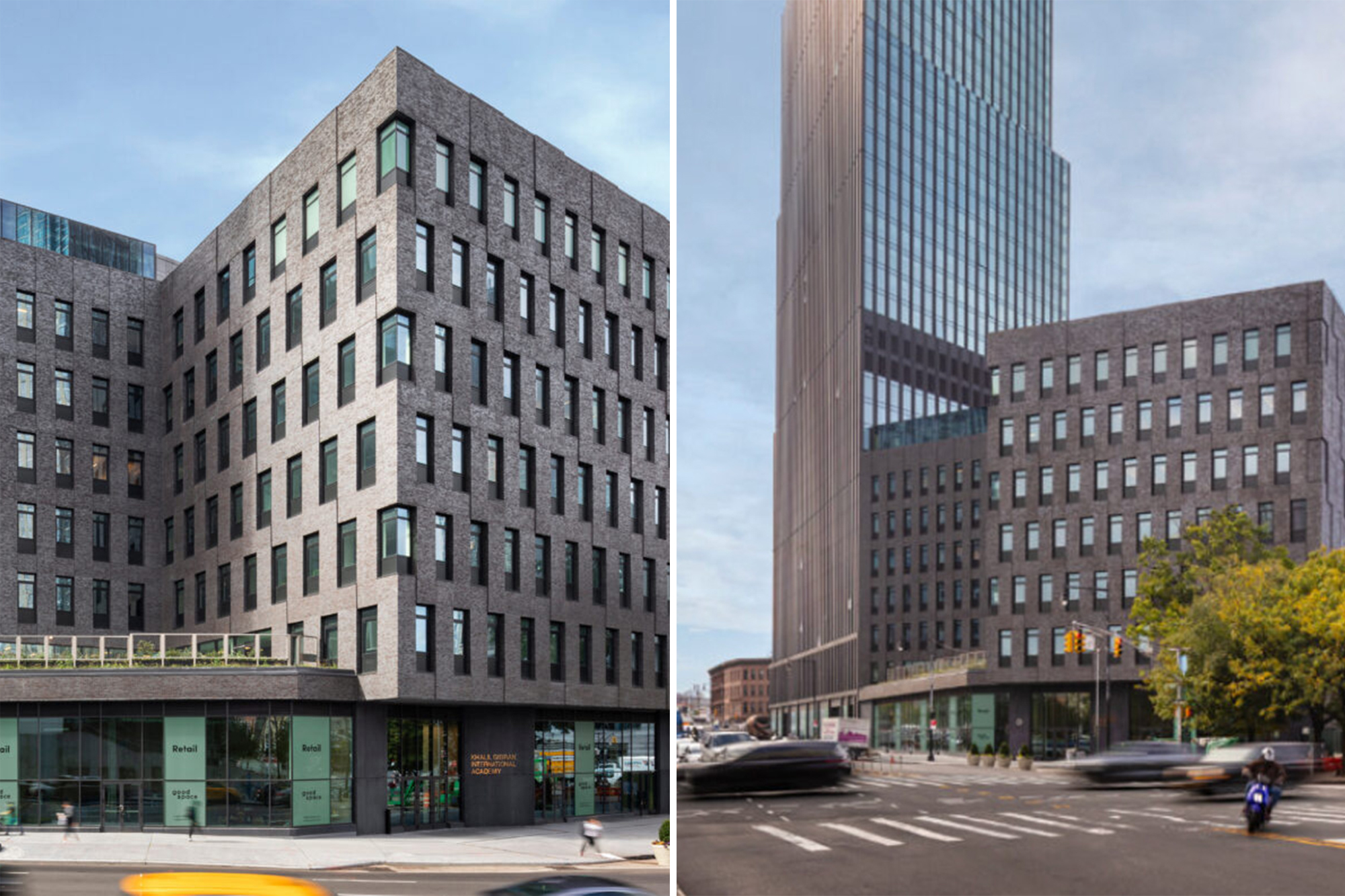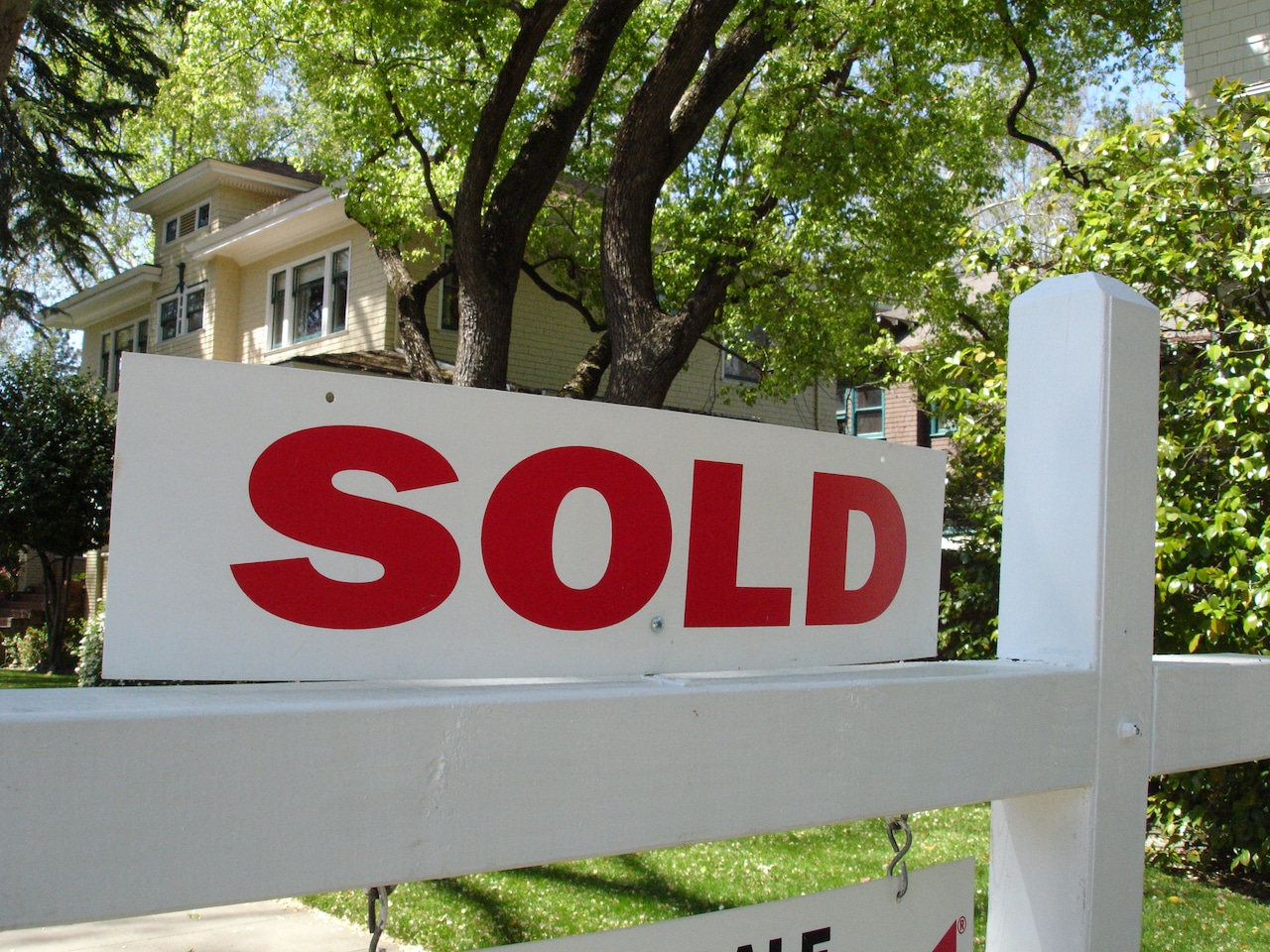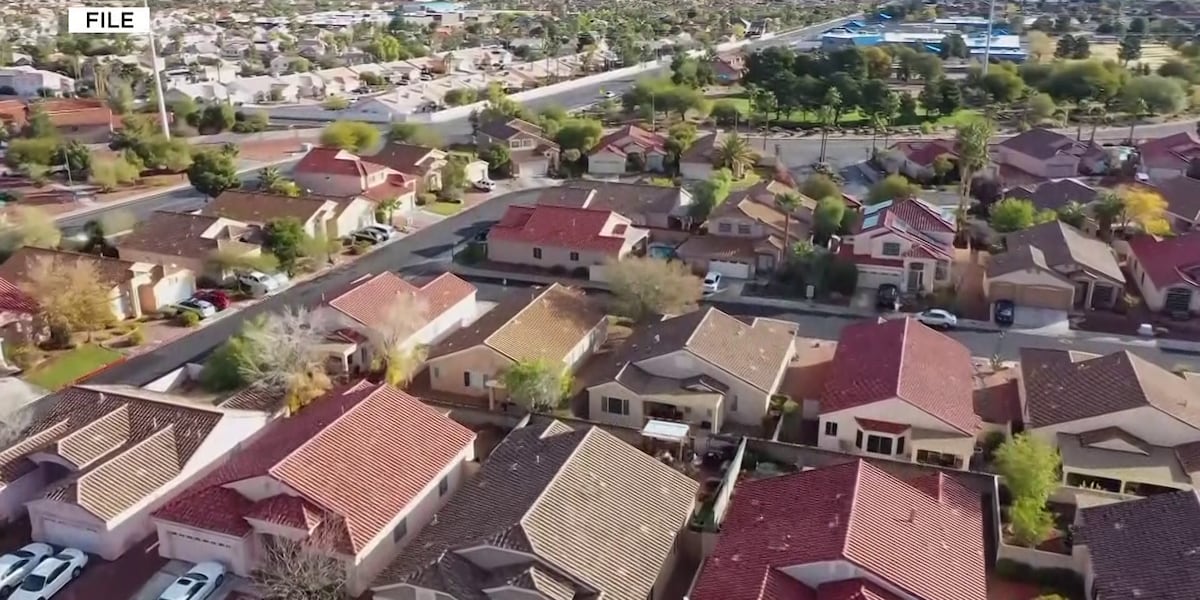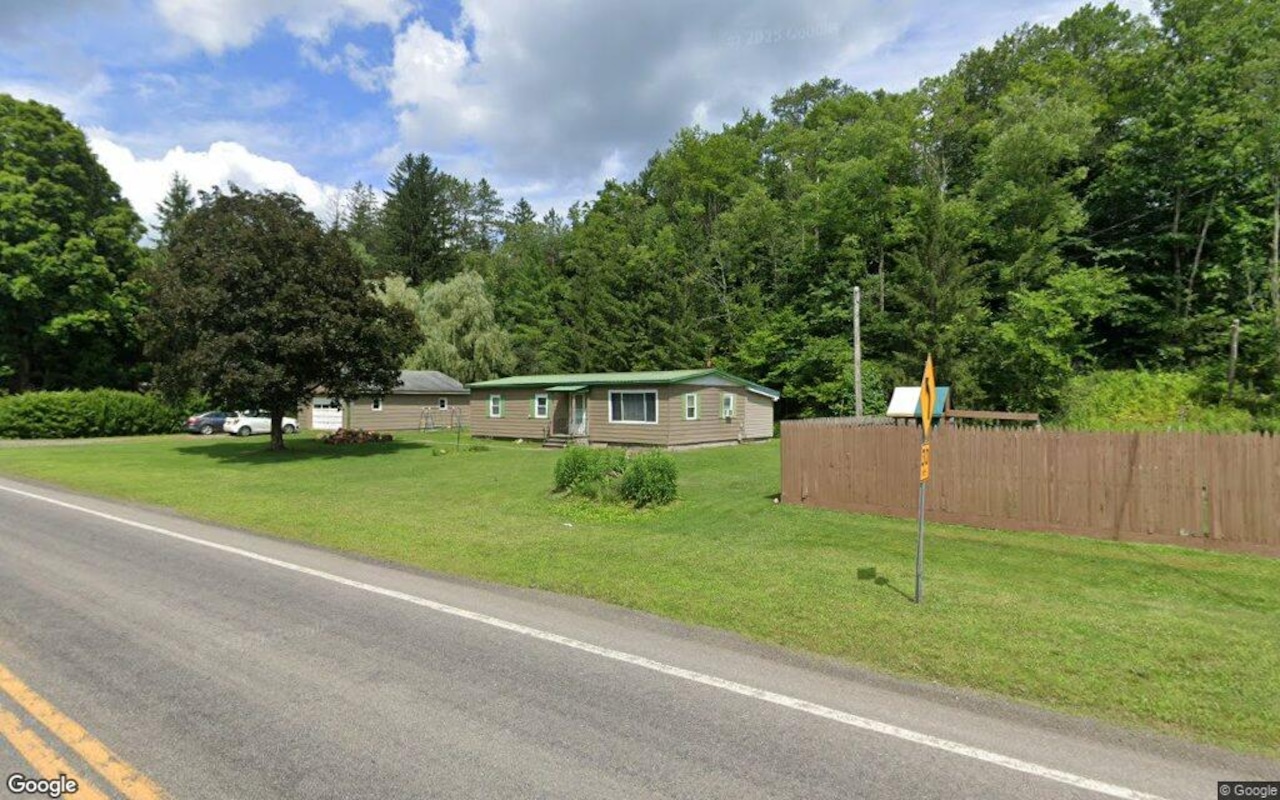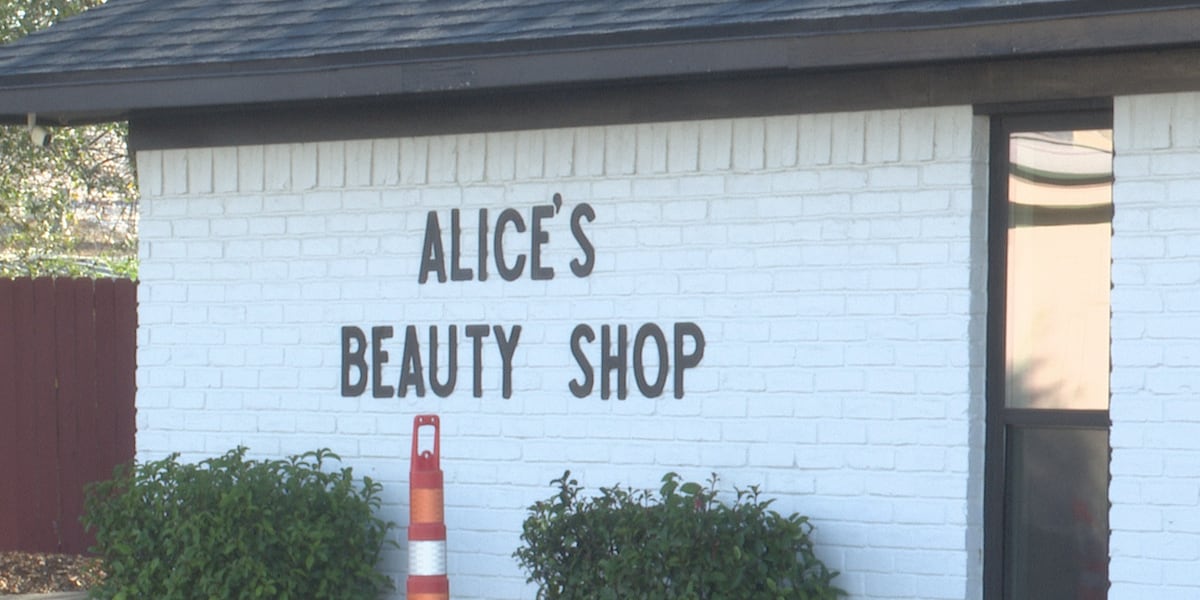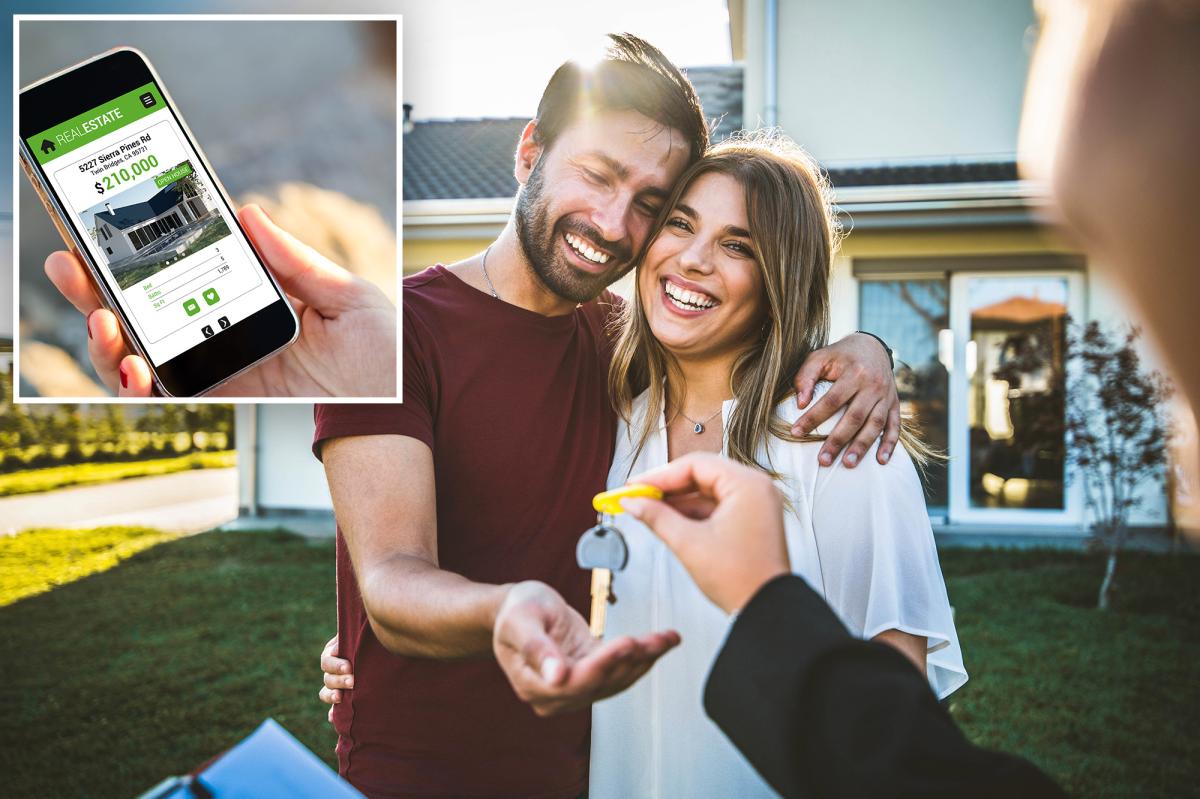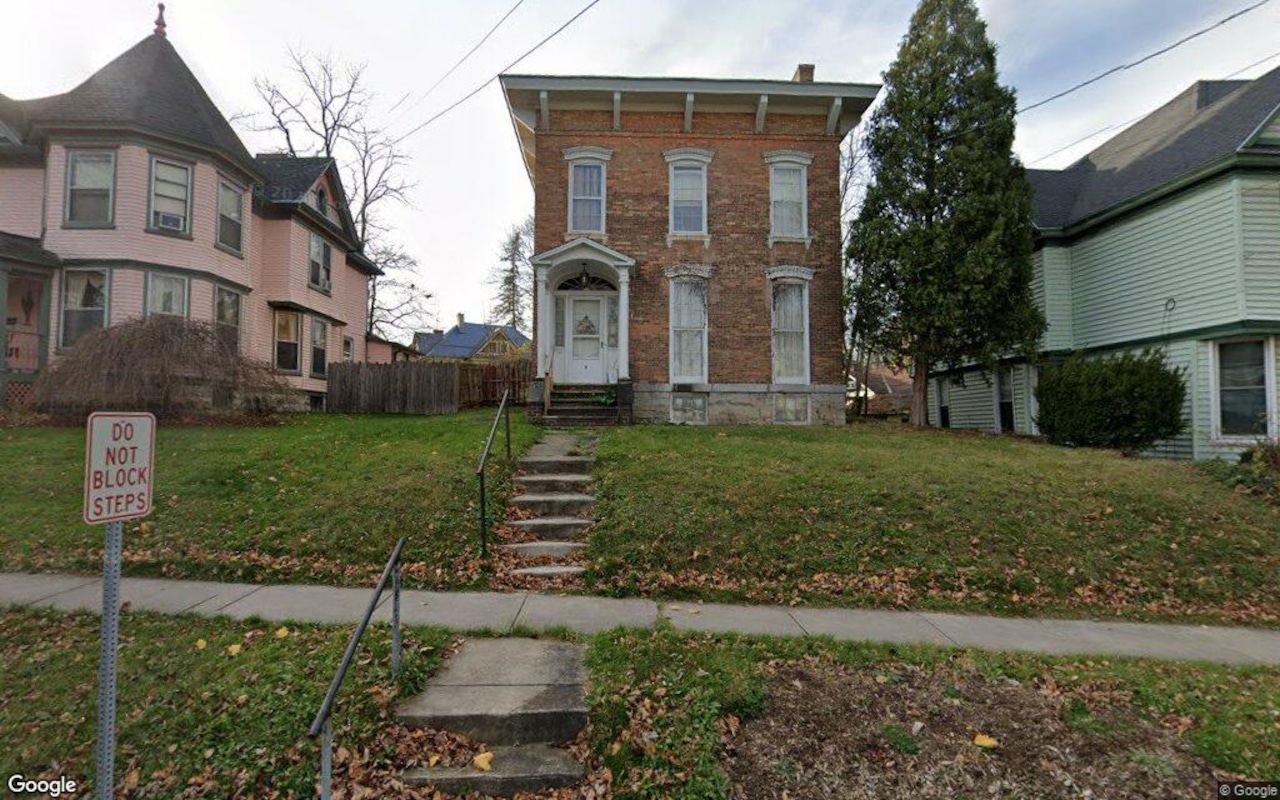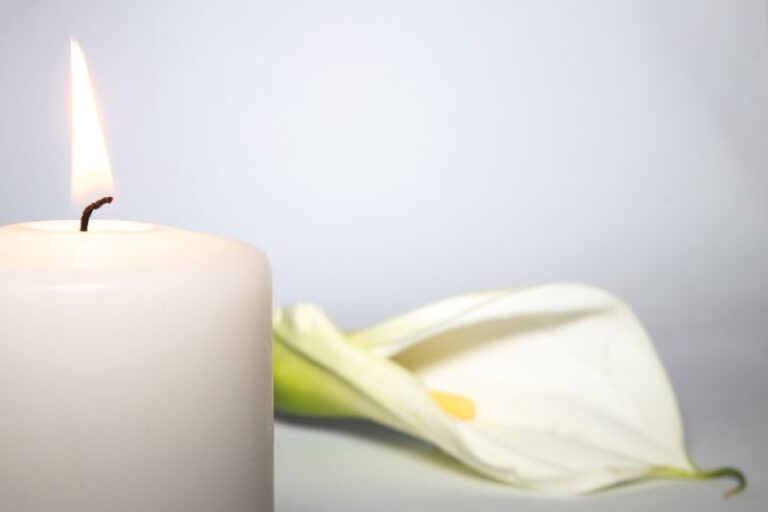A
s the nation grapples with the aftermath of devastating natural disasters, a quiet revolution is underway in the world of architecture. Durable and sustainable designs are gaining traction, with passive house construction leading the charge.
In California's Pacific Palisades, a 2024-built home stood as an island of calm amidst the chaos of wildfires that ravaged its neighbors. The Iliff Street residence, with its passive house features, emerged unscathed – a testament to the power of design in mitigating disaster damage.
Meanwhile, on the East Coast, a groundbreaking new school is setting the bar for sustainable education. In Brooklyn's Flatbush neighborhood, the first passive house-certified school has opened its doors, boasting an impressive 146,000 square feet of ultra-low-energy-use space. The building's green roof and thick walls ensure that it consumes less than a third of the energy of a typical NYC public school.
"This building is more than just a place of learning – it's a model for what's possible when we prioritize energy efficiency, comfort, and resilience," says ARO Principal Stephen Cassell. As the U.S. slowly catches up with Scotland's lead in passive house schools, momentum is building. With only 10 such schools currently in operation, including Maine Coast Waldorf High School and The Bush School in Seattle, experts predict a ripple effect as more examples emerge.
At the heart of passive house design lies five key principles: superinsulated envelopes, airtight construction, high-performance windows and doors, thermal-bridge-free detailing, and heat recovery ventilation. By optimizing these elements, builders can create efficient, comfortable, and durable structures that minimize energy consumption and maximize occupant well-being.
While upfront costs may be higher due to the use of advanced materials and systems, long-term savings in energy bills make passive houses a worthwhile investment. Studies show that homeowners can save up to $1,000 per year on energy costs – a figure that balances out the initial expense.
As the world grapples with climate change, passive house design offers a beacon of hope. By incorporating fire-hardening measures and non-combustible materials, structures like Mark Attard's Colorado home have survived catastrophic weather events. However, experts caution that implementing a passive house design alone is no silver bullet – a full suite of fire-hardening measures is essential.
For those seeking to build or renovate with passive house principles in mind, resources abound. The Passive House Institute U.S. and the Passive House Network offer lists of qualified professionals and tools for navigating projects. When selecting a builder, look for experience with energy modeling, airtightness, and insulation materials that meet passive house standards.
As the demand for sustainable architecture continues to grow, one thing is clear: passive house design is no longer a niche trend – it's a movement that's here to stay.
